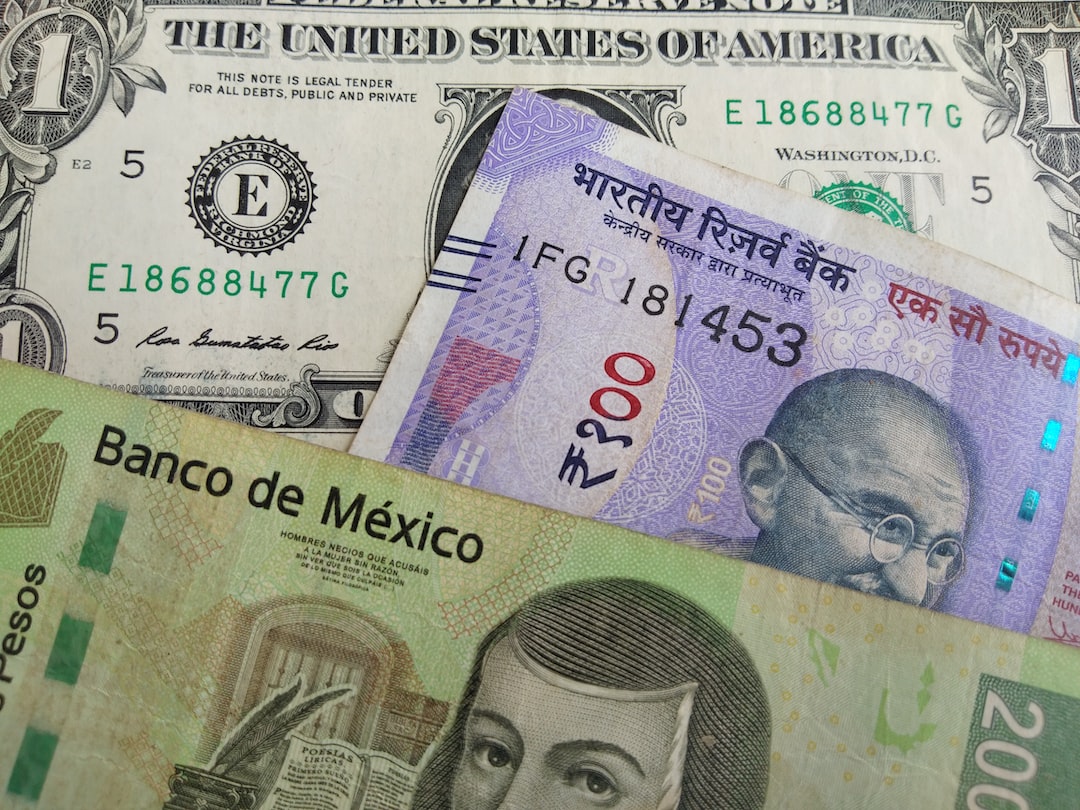Forex Trading 101: Understanding the Basics
Forex trading, also known as foreign exchange trading, is the act of buying and selling currencies in the global marketplace. With a daily trading volume of over $6 trillion, forex is the largest and most liquid financial market in the world. In this article, we will delve into the basics of forex trading, providing you with a comprehensive understanding of the fundamental concepts and strategies.
Understanding Currency Pairs:
In forex trading, currencies are always traded in pairs. The first currency in the pair is called the base currency, while the second currency is the quote currency. For example, in the EUR/USD pair, the euro is the base currency and the US dollar is the quote currency. The exchange rate represents the value of the base currency in terms of the quote currency.
Major Currency Pairs:
There are several major currency pairs that dominate the forex market. These pairs include EUR/USD, USD/JPY, GBP/USD, and USD/CHF. Major currency pairs are characterized by high liquidity and tight spreads. They are most suitable for beginners due to their stability and availability of information.
Minor Currency Pairs:
Minor currency pairs, also known as cross pairs, do not include the US dollar. They are often paired with major currencies and include pairs such as EUR/GBP, GBP/JPY, and AUD/NZD. Minor currency pairs have lower liquidity and wider spreads compared to major pairs. They require more specialized knowledge and are suitable for intermediate to advanced traders.
Pips and Lots:
Pips are the smallest unit of measurement in forex trading and represent the fourth decimal place in currency pairs. For example, if the EUR/USD pair moves from 1.2000 to 1.2005, it has moved 5 pips. A lot refers to the volume of currency traded. Standard lots are typically 100,000 units of the base currency, while mini lots are 10,000 units and micro lots are 1,000 units.
Leverage and Margin:
Leverage allows traders to control larger positions with a smaller amount of capital. It is expressed as a ratio, such as 1:100 or 1:500. For instance, with a leverage of 1:100, a trader can control a position worth $100,000 with just $1,000 of capital. While leverage can amplify profits, it also increases the risk of losses. Margin is the amount of money required to open and maintain a leveraged position.
Market Analysis:
Successful forex trading requires a thorough analysis of the market. There are two main types of analysis: fundamental and technical analysis. Fundamental analysis focuses on economic and geopolitical factors that influence currency values. It involves monitoring news releases, interest rates, and economic indicators. Technical analysis, on the other hand, involves studying price charts and using various tools and indicators to identify trends and patterns.
Risk Management:
Managing risk is a crucial aspect of forex trading. Traders must develop a risk management strategy to protect their capital. This includes setting stop-loss orders, which automatically close positions if the market moves against the trader. Additionally, traders should avoid risking more than 2% of their trading capital on a single trade. Diversification and proper position sizing are also important risk management techniques.
Trading Strategies:
There are various trading strategies used in forex trading. Some common strategies include trend following, breakout trading, and range trading. Trend following involves identifying and trading with the prevailing market trend. Breakout trading involves entering a trade when the price breaks through a significant support or resistance level. Range trading focuses on trading within a defined range, buying near support and selling near resistance.
Choosing a Forex Broker:
Selecting a reputable forex broker is crucial for a successful trading experience. Consider factors such as regulation, trading platform, spreads, commissions, deposit and withdrawal options, customer support, and educational resources. It is essential to choose a broker that aligns with your trading goals and provides a secure and reliable trading environment.
In conclusion, forex trading is a complex and dynamic market. Understanding the basics is essential before venturing into this exciting field. Familiarize yourself with currency pairs, pips, lots, leverage, and margin. Learn to analyze the market using fundamental and technical analysis. Develop a risk management strategy and choose a reliable forex broker. With dedication, practice, and continuous learning, you can navigate the forex market and potentially profit from its vast opportunities.






